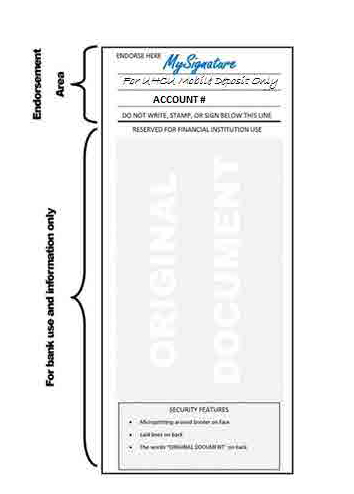Content
Accounting for leasehold improvements has remained consistent, despite the change in the lease accounting standards. Leasehold improvements are an asset that must be accounted for and amortized over the shorter of the useful life of the improvement or the lease term. Additionally, certain types of improvements may be qualified for Section 179 tax treatment. Make sure to discuss any leasehold improvements you may have with your tax advisors to see if your improvements qualify for any special tax treatment or benefits.
- It could also make the buyout at the end of the lease more attractive since the leased property is already customized for the entity’s business purposes.
- A leasehold improvement can also be a building constructed on a leased piece of land.
- Some landlords pay for leasehold improvements to make their leases more appealing.
- Just like with the TIA, the tenant oversees the project and controls the lease improvements.
- Tenants should be aware that many nations have specific laws about the responsibility of the landlord.
Leasehold improvements are assets, and are a part of property, plant, and equipment in the non-current assets section of the balance sheet. Therefore, they are accounted for with other fixed assets in accordance with ASC 360.
Leasehold improvement definition
David spent $50,000 to customize the layout of the space according to his own business suitability, and this falls under the category of leasehold improvement. So, the $50,000 expenditure should be capitalized, and then it should https://online-accounting.net/ be amortized over the 5 years of the lease term, which is lesser than the useful life of the improvements. Consequently, David should recognize $10,000 as amortization every year for the next 5 years of the lease term.
- Some improvements, such as those made to the exterior of the building or those that benefit other tenants or the lessor, are not considered leasehold improvements.
- The Internal Revenue Service considers leasehold improvements capital assets, meaning the improvement has a useful life of greater than one year.
- The tenant is normally responsible for any additional costs that go over the budget.
- Typically, the costs of the additions will be depreciated by the lessee/tenant over the useful life of the improvements or the remaining years of the lease, whichever is shorter.
- The cost to build the wall, add wiring, and finish the wall (i.e. painting) would be included in the total cost of adding the partion.
- Changes made to the exterior of a building or improvements that benefit other tenants are likely not leasehold improvements.
If the allowance is given before lease commencement, NetLease gives the ability to input the amount in a Lease Incentive field. NetLease will automatically apply that amount to the appropriate sections within the schedule.
IRS Announces 2017 Automobile Depreciation Deduction Limits and Inclusion Amounts
Determining the ownership of assets for leasehold improvements is vital for any company leasing space because it directly impacts leasehold accounting. In some cases, the lessor may own these assets; in other cases, the lessee may own the assets outright. When building out your accounting it is essential to clarify who owns these assets. It is important to note that both AROs and leasehold improvements do not strictly apply to office space leases, but to all leased assets.
Additionally, there are no purchase options for the office space and ownership does not transfer to the lessee at the end of the lease term. Basically, Leasehold Improvements after the expiration of the lease, the lessee has no control or enjoys no benefits from these improvements, and so it should be written off.
Are Leasehold Improvements Tax Deductible?
It could also make the buyout at the end of the lease more attractive since the leased property is already customized for the entity’s business purposes. Section 179 of the US Internal Revenue Code is the section of the federal tax code that establishes bonus depreciation criteria. For assets that meet the criteria, an immediate expense deduction, or bonus depreciation, is available for companies on purchases of this property instead of capitalizing and depreciating the asset over time. The amount of bonus depreciation allowed per asset and the total amount of bonus depreciation allowed in a certain year varies with the tax code. Section 179 property is generally tangible property but the criteria was expanded in 2018 to include qualified improvement property, which may include leasehold improvements.

